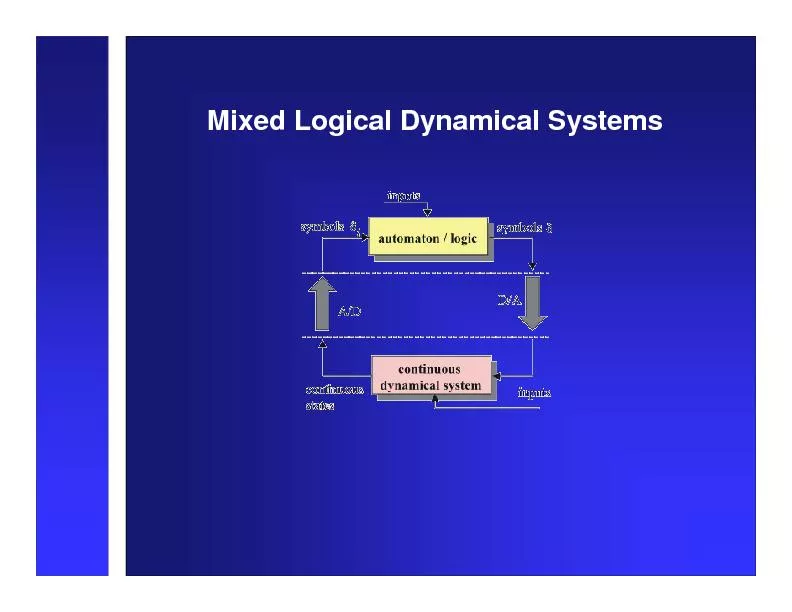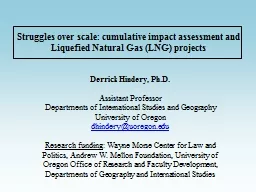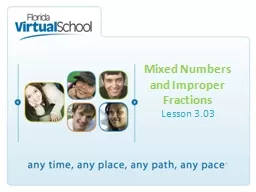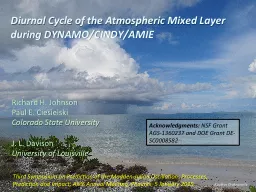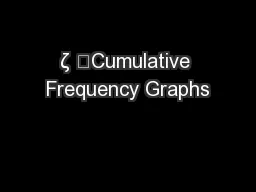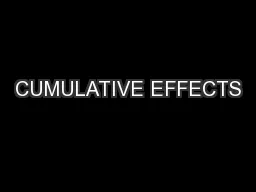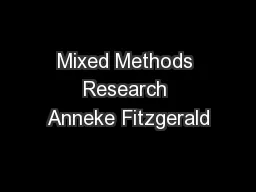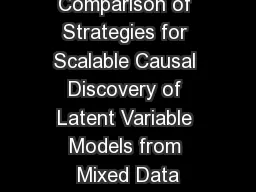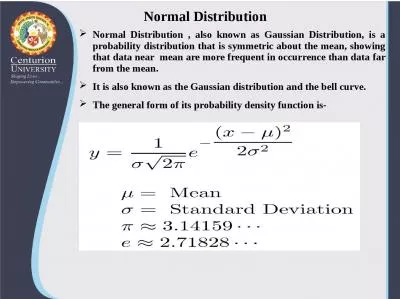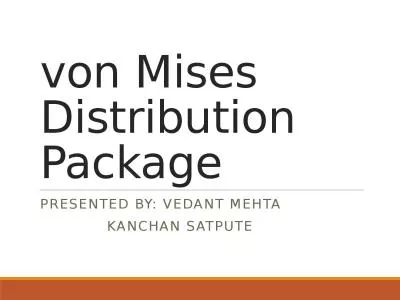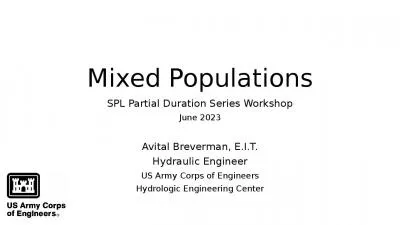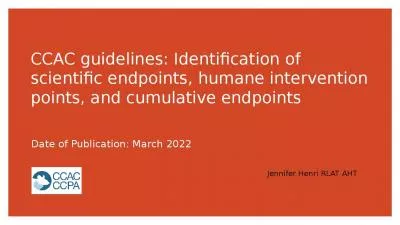PPT-Mixed Cumulative Distribution Networks
Author : pasty-toler | Published Date : 2017-07-02
Ricardo Silva Charles Blundell and Yee Whye Teh University College London AISTATS 2011 Fort Lauderdale FL Directed Graphical Models X 1 X 2 U X 3 X 4 X 2 X 4
Presentation Embed Code
Download Presentation
Download Presentation The PPT/PDF document "Mixed Cumulative Distribution Networks" is the property of its rightful owner. Permission is granted to download and print the materials on this website for personal, non-commercial use only, and to display it on your personal computer provided you do not modify the materials and that you retain all copyright notices contained in the materials. By downloading content from our website, you accept the terms of this agreement.
Mixed Cumulative Distribution Networks: Transcript
Download Rules Of Document
"Mixed Cumulative Distribution Networks"The content belongs to its owner. You may download and print it for personal use, without modification, and keep all copyright notices. By downloading, you agree to these terms.
Related Documents


